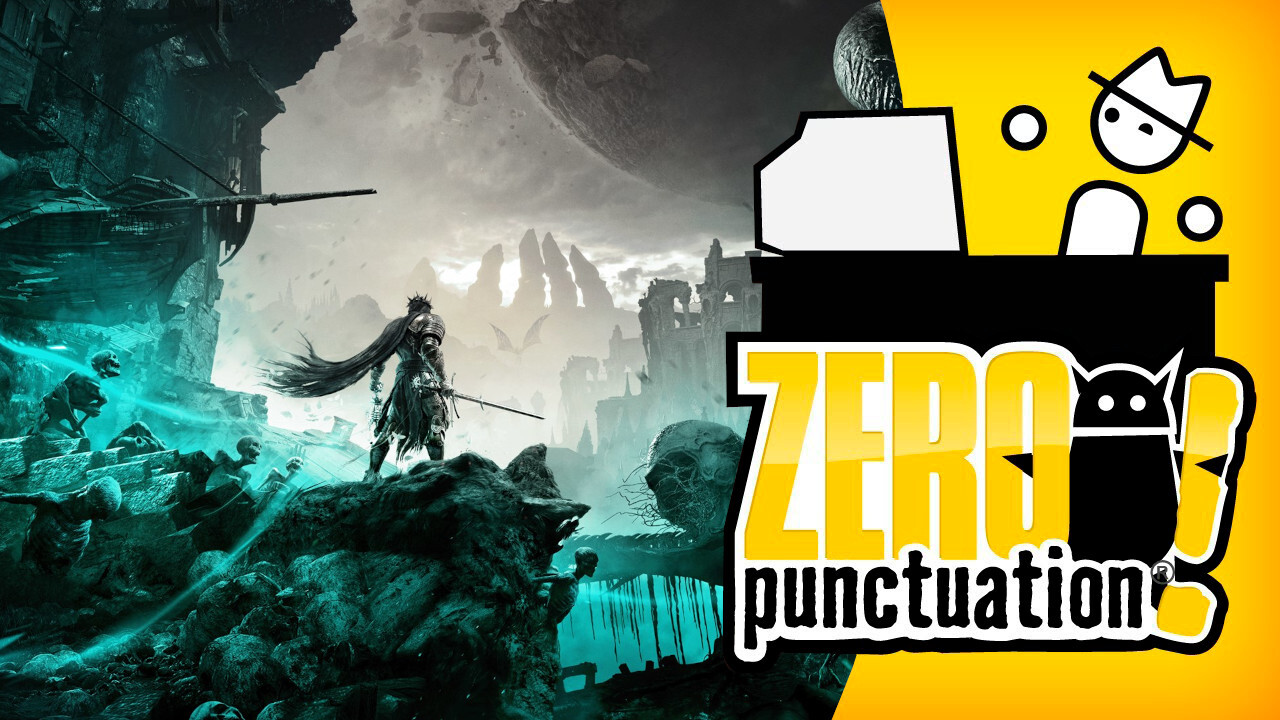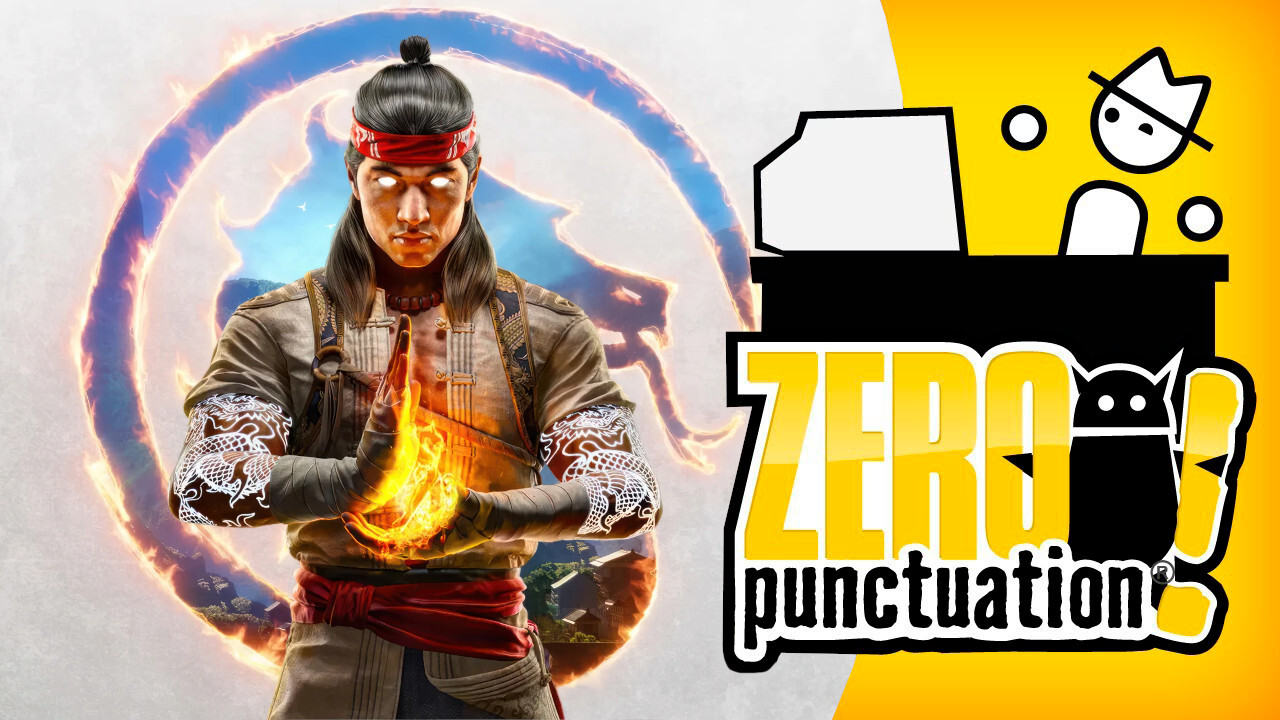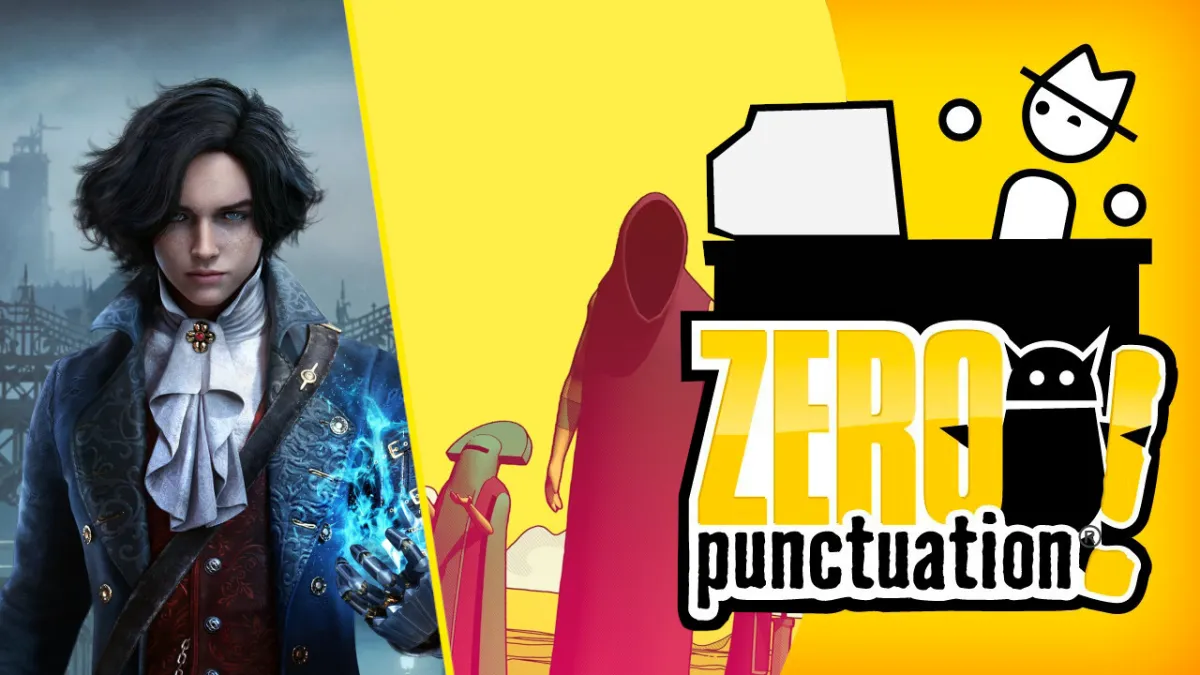- News
-
Originals
Expand Originals
-
Guides
Expand Guides
-
Video Series
Expand Video Series
-
Columns
Expand Columns
-
Podcasts
Expand Podcasts
Log in
Create a GAMURS Account
Choose a username
Choose a unique username using 3-30 alphanumeric characters.
Choose your preferences
Choose how we communicate with you, opt out at anytime.
Check your email
An account confirmation link was sent to your email. Don't forget to check your spam!
Forgot password
Enter the email address you used when you joined and we'll send you instructions to reset your password.
If you used Apple or Google to create your account, this process will create a password for your existing account.
Reset password instructions sent. If you have an account with us, you will receive an email within a few minutes.
Something went wrong. Try again or contact support if the problem persists.














